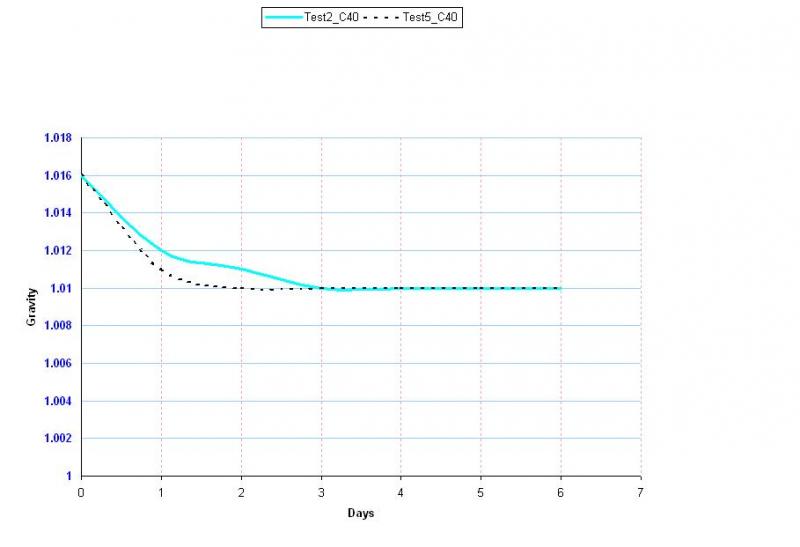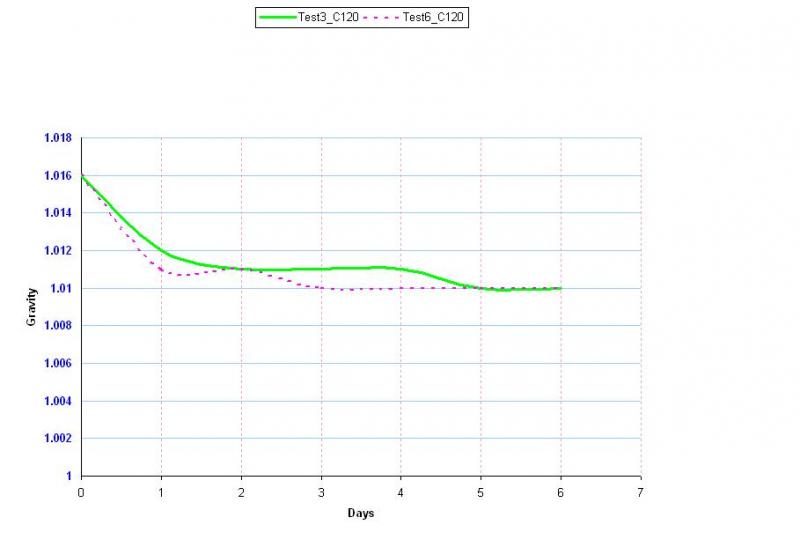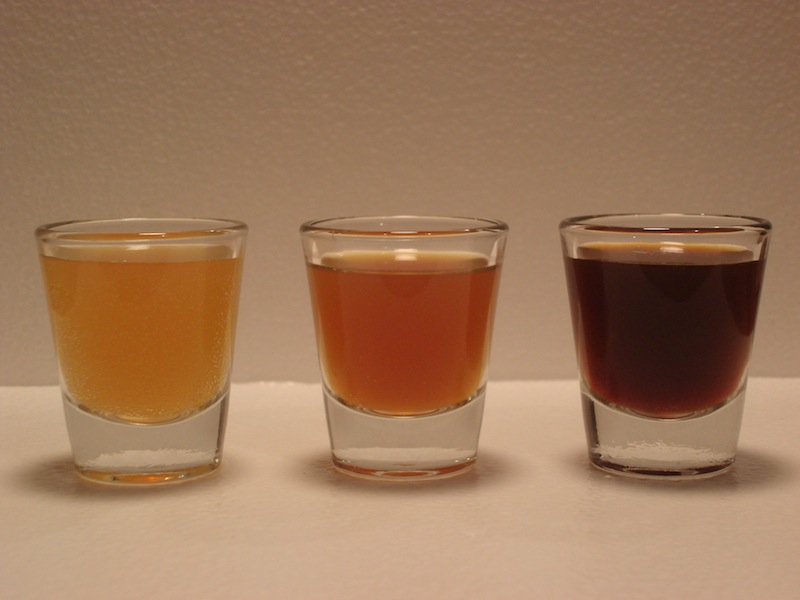Nilo, thanks for the update and thanks for sticking with this experiment. Its the oddities in results that keep you thinking about refined experiments, isnt it?
As for sparging, you dont have to try to get all the sugar out of the grain. Doing a no-sparge, for example is sufficient. You can assess the grain potential based on the mash thickness and the gravity of the wort. Thats what maltsters do when they determine the extract potential.
The formula is
Extract potential = 100 * (Plato R) / (100 Plato)
Where Plato is the extract content of the wort in the mash and R is the mash thickness in l/kg. extract potential is then given in % of the malts weight. This cuts out the lauter efficiency.
Kai













































![Craft A Brew - Safale BE-256 Yeast - Fermentis - Belgian Ale Dry Yeast - For Belgian & Strong Ales - Ingredients for Home Brewing - Beer Making Supplies - [3 Pack]](https://m.media-amazon.com/images/I/51bcKEwQmWL._SL500_.jpg)






















